Valerio Stivé | November 19, 2024

In 2023, a comics biography of Charles Schulz was published by Top Shelf, written and drawn by two Italian comic book artists: writer Francesco Matteuzzi and artist Luca Debus. The book was published directly in the U.S., before reaching Italian bookshelves, which are regularly stocked with comics biographies. Titled Funny Things: A Comic Strip Biography of Charles M. Schulz, the book aesthetically looks exactly like a comic strip collection, while the story matches the layout and the pace of classic strips, but at the full-length storytelling pace of a graphic novel.
Funny Things has attracted considerable attention and many positive reviews by the American press, and when it was published in Italy (by Becco Giallo Editore, which in over 20 years has made a reputation for itself publishing comics biographies) at the end of 2023, it was welcomed by many critics and readers as one of the most interesting graphic novels of that year.
I happen to know Matteuzzi – in recent years we have collaborated on comics translations. While their book was widely reviewed in the U.S. press, they've had few chances speak about it thus far, so I thought I should take the chance to talk with Matteuzzi about the book for the Journal. He gladly agreed, rightly involving Debus as well. – Valerio Stivè
VALERIO STIVÉ: What sparked the idea for the book? Did it come from the both of you together, since this is not your first collaboration?
FRANCESCO MATTEUZZI: Being a huge Schulz fan, I just happened to think that recounting Schulz’s life in comics would have been a nice thing to do, and I shared my idea with Luca, knowing that he was a great fan of Schulz’s work too. At the time we had already been working on our Kindergarten strip for a few years, and I was just too happy to launch myself in a new project with Luca, who was the perfect partner for a project like this. However, working together on Kindergarten wasn’t the main reason I asked him to join me on this adventure. The fact that he is such a great cartoonist and that we share a good amount of the same kind of humor was!
You have been working as a comics writer for several years now. Tell us about your career so far, and how did you end up writing this book, your work that has gained more attention so far.
MATTEUZZI: Correct! Even though some of my other works have been published in the U.S., Funny Things is my first book specifically conceived for the American market. It is also my most ambitious book, and my longest as well: 440 pages, when most of my other stories seldom exceed 120 or 160 pages. But there is one more thing: this is exactly the book that Luca and I wanted to make, realized exactly as we wanted it to be. And I think this makes all the difference.
 Francesco Matteuzzi. Photo by Laura Pasotti.
Francesco Matteuzzi. Photo by Laura Pasotti.What about you, Luca?
LUCA DEBUS: Although I've always loved comics and I've been dreaming since childhood to be part of the comics world, Funny Things was in a way my first major work to be published. As a matter of fact, we signed the contract with Top Shelf for this book a couple of days before my MA degree defense. Prior to Funny Things, I've worked during my free time on some webcomics, and I've published a comic strip adaptation of Oscar Wilde's play, The Importance of Being Earnest, with a small Italian publisher.
In Italy, it was curious to see a book by two Italian artists published in the United States before being published in Italy, even though it was maybe natural, having to do with an artist like Charles Schulz. How did your collaboration with Top Shelf start?
DEBUS: Schulz is an American cartoonist, and comic strips are a very American genre of comics. It felt natural to pitch our idea in the U.S. After we put together a project proposal, we looked for a publishing house where our idea could fit in. We sent our project to Top Shelf, and they immediately showed interest in it.
How much did knowing that the book was going to be published in the U.S. influence your approach to the work?
MATTEUZZI: I don’t think that the place of publication influenced our work. However, the production method did. We had the chance to spend almost three years working on it, an amount of time that, in my experience, you rarely have at your disposal. Of course books like this are not easy to make, but that also meant that we could sift through every single, small detail, allowing ourselves to polish every word and every drawing. As I already said, it is exactly the book that we were thinking of when we first started dreaming about it, and that is something that doesn’t happen very often.
Luca, you didn’t change your style at all, and you didn’t mimic Schulz’s style. How did you elaborate your graphic style to work on the book?
DEBUS: I believe comic strips are an incredibly personal genre of comics. If it's not personal, it comes across as inauthentic. Because of that, it never crossed my mind to emulate Schulz's style. Besides, it's quite tricky to draw like Schulz anyway, and I like to think of his style as inimitable. What you can see in these pages is simply how I draw all the comic strips I create. It's my own personal style, one that reflects my sensibility and my point of view. It was also important to make this book about Schulz for once, and not about Peanuts. Having a biography about Schulz in the style of Peanuts would have risked to put Schulz yet again in the background in relation to his work. And we didn't want that to happen.
 Luca Debus. Photo courtesy of Top Shelf.
Luca Debus. Photo courtesy of Top Shelf.How did you choose to adopt the same structure of Peanuts, with its six dailes and then one bigger story as a Sunday strip and so on?
MATTEUZZI: Using Schulz’s own language to retell his story seemed appropriate to us from the beginning. But the truth is that we didn’t pitch Top Shelf a project alternating six daily strips and a Sunday page, even if we would have liked to. The reason is related to printing costs: for a publisher, printing a book that alternates a color page and three black and white pages costs as much as having the whole book printed in color, so it didn’t seem appropriate to us to ask them to invest so much money. We were lucky that Top Shelf’s Editor-in-Chief Chris Staros liked the project and raised the stakes, asking us why not to put Sundays in it. And here we are, back to our initial idea.
Did this kind of structure help or limit you in some way? What difficulties or benefits did you have?
MATTEUZZI: Of course a structure like the one we used has its own rules, but, talking about writing, I strongly believe in rules. Writing is not just about writing per se: It is about context and structure as well, and I strongly believe that context and structure play a very strong role in the story itself. So, did it dictate limits on us? Of course it did, but I know for sure that, without those rules, without the discipline that this structure requires, the book would have been very different, lacking one of its unique characteristics.

Peanuts was Charles Schulz's life and vice-versa. It was maybe impossible to look at his life and see it any other way.
DEBUS: To me, Schulz seemed to be a person who liked his routine and the simplicity of daily life. Comic strips embody that comfort of everyday habits. They're tiny snapshots we can read every day, day after day. It felt like this was the perfect medium to describe this side of Schulz's life. In a way, the comic strip structure of Funny Things isn't just a medium, but a narrative element that conveys a lot of meaning throughout the book. On top of that, it's a great honor to tell Schulz's life with the same medium he mastered and revolutionized in his own right. It's our own "thank you" for everything he did to comic strips.
Using strips for an entire long book can also be difficult in the long run, both for the reader and the creator. Did you consider this aspect? How did you manage that? I guess, one way was using a little continuity between strips, as Schulz started doing after a few years of Peanuts.
MATTEUZZI: I don’t think we ever saw it as a problem. A strip can work in many different ways and convey different feelings and kinds of information, so, basically, knowing how to write a strip and how to write a long story was all I felt to be enough to start working on the book. In Funny Things you can find different kinds of humor, stand-alone strips, sequences of strips linked by a strong continuity, strips that are funny and strips that are tragic. They are the different bricks that made the construction, and different bricks is exactly what you need if you don’t want to erect a boring building.
During the making of the book, did you find aspects of the artist’s life that you didn’t know that changed the idea you had of him, in a good or in a bad way?
DEBUS: As I worked on this book, there wasn't much I didn't already know about Schulz. For me, this was the chance to delve deeper into certain themes and to grasp a more emotional understanding of Schulz as a human being. For this reason, I liked the exploration of his spiritual side. Not being a very religious person myself, it was an aspect of his life I've never stopped to think about much. I think I got to know where he was coming from. Now, I honestly admire his approach to religion and spirituality a lot.
MATTEUZZI: Having discovered Peanuts and its creator at a very young age, I can’t really say there was much for me to discover when we started working on the book. As might be expected there were little things, trivia and details that I didn’t know, nothing capable of changing my idea of him, though – the same character that you can expect after you’ve done reading his strips.

The book is a such a huge and ambitious effort. How did you both study the man Charles Schulz, his life, his work, and his career?
DEBUS: My research goes back years before Francesco came to me with the idea of making this book. I've always been obsessed with Schulz and his work. I've been collecting books, essays, and articles about him since high school. When we started working on Funny Things, I already had a well-fed library about Schulz, and not just Peanuts. We tried to base the book on interviews and Schulz's personal accounts whenever we could so that we could depict an authentic version of Schulz as a human being.
MATTEUZZI: We tried to read everything that Schulz wrote or that was written about him, to watch every video with or about him. Then, Luca organized all the material in a series of spreadsheets, to make it easier for us to find the correct source when we’d have needed it and, at the same time, to allow us to compare the different sources about the topic we were writing about at a certain time. That’s a part of the writing job that usually people don’t think about, but it’s vital in you want to do a good job.
What did it mean to you to work on one of the most beloved comics creators? What kind of attention, meticulousness, and respect did it require?
DEBUS: Our work stems from great respect and admiration for Schulz as a cartoonist and as a human being. That being said, I personally admire every aspect of his life – the bright ones and the dark ones. This is what makes humans human, both the light and the shadow. The seemingly darker sides of Schulz don't stain the image I have of him at all. Honestly, it makes me love him even more. However, I understand that what I see as an interesting piece of Schulz that makes him even more human and lovable can put some people off. Overall, I hope everyone can see the great devotion that underlines the entirety of Funny Things.

How did you choose which stories and anecdotes to tell from Schulz’s life?
DEBUS: We chose the events in Schulz's life that we thought were the most relevant to paint an emotional and psychological picture of him without compromising the narrative flow of the book.
Is there one in particular that impressed you? Or is there one that you wanted to tell but in the end it didn’t fit?
DEBUS: Of course, there are a lot of interesting stories that didn't make the cut. I personally like the story of him sitting in a fancy hotel during a get-together of the National Cartoonist Society waiting for someone famous to pass by. Or when Li'l Abner cartoonist, Al Capp, probably moved by jealousy, mocked Peanuts and Schulz in his strip.
MATTEUZZI: There are a few, tiny episodes that I would have liked to include in the book but wouldn’t have fallen well among the rest of it. The first that comes to my mind happened in 1981, when Schulz was hospitalized after the heart surgery and, at three in the night, has an idea for a TV show and starts writing what would later become What Have We Learned, Charlie Brown? Another anecdote that I find moving is when, as a kid, he would draw his own Sherlock Holmes stories for his friend Shermy to read. Shermy was the only person who ever read those stories. He was a fiddler, and Schulz would listen to him playing the violin, in a sort of exchange of artistic experiences. And, guess what, Shermy is also the name of the first character who ever speaks in Peanuts!
What kind of liberties did you allow yourself to take?
MATTEUZZI: Funny Things is a biographical book, so our main intention was to recount Schulz’s life as it was. Or maybe not. Actually the expression “comic strip biography” says a lot, and certainly Schulz's real life didn’t have a punchline every four panels – or panels at all, for that matter. But this idea is valid for every other biography out there as well – telling a story means that you filter it through your own sensitivity. Actually, there even are a few thing that are completely made up, in our book, but they are so blatant that I wouldn’t even call them licenses.

I guess that narrating the life of Charles Schulz also required studying what life was like in the United States during the 20th century, even in aspects that are not so well know to us Italians.
DEBUS: There are surprisingly a lot of differences between the U.S. and Italy. You understand that especially when you immerse yourself in a cultural and historical context, as we did for Funny Things. There's a lot of research, also graphical, that maybe isn't obvious upon first glance in the pages of our book. From studying the U.S. Army system to U.S. politics and Schulz's political journey, all the way to flipping through Schulz's school yearbooks. Even a simple door looks different in the U.S. compared to Italy. All this was taken into consideration and represented throughout the book.
Recently I had to reread some Peanuts strips and had also the chance to translate in Italian some minor Peanuts stories (mostly from comic books), and I ended up re-evaluating some of the characters and some aspects of the stories. Did you find yourself deconstructing the myth, too, or looking at it from a new perspective?
DEBUS: Quite the opposite. If I knew facts about Schulz before, now I feel like I know him on an emotional level as well. Rather than distance, I got much closer to Schulz as the person behind his work. Of course, my newly found understanding of him is colored by the texts we used to conduct our research and my own emotionality. I would never say that my understanding of Schulz is objectively true. I don't believe that. But I did deepen my relationship with Schulz, and, since it's my own personal relationship with him, it's true to the two of us.
MATTEUZZI: What Luca said is true for me as well. Staying with Schulz for so long allowed me to know him better and to see traits of his personality in my personality. It may be a mirror effect, it probably is, but the fact remains.
You have received many reviews and attention from the American press, more than in Italy. What struck you about the perception of your work that is based on such a significant figure, and has such a untouchable status everywhere in the world, but especially in the U.S.? Cartoonist Jeff Smith wrote an enthusiastic review for the New York Times.
DEBUS: The thing that Jeff Smith said that especially touched me was that the Schulz in our book felt like the real Schulz that he had met. It means a lot to have portrayed such a hero of mine in a genuine way, despite never having the chance to meet him. Especially when the image of Schulz we decided to portray is an emotional one. It feels great to know that he thinks we have successfully encapsulated the emotional persona of Schulz in the pages of Funny Things.
MATTEUZZI: I think my heart lost a beat when I read Smith’s review. On one side, the simple fact that Jeff Smith, an artist who I’ve admired since I first met his Bone, was talking about my work in the NYT was overwhelming. On the other his review was so heartfelt, and seeing that Schulz and Peanuts meant to him exactly what they meant to me, and that he still loved our book and our version of Sparky, well, that is something invaluable.






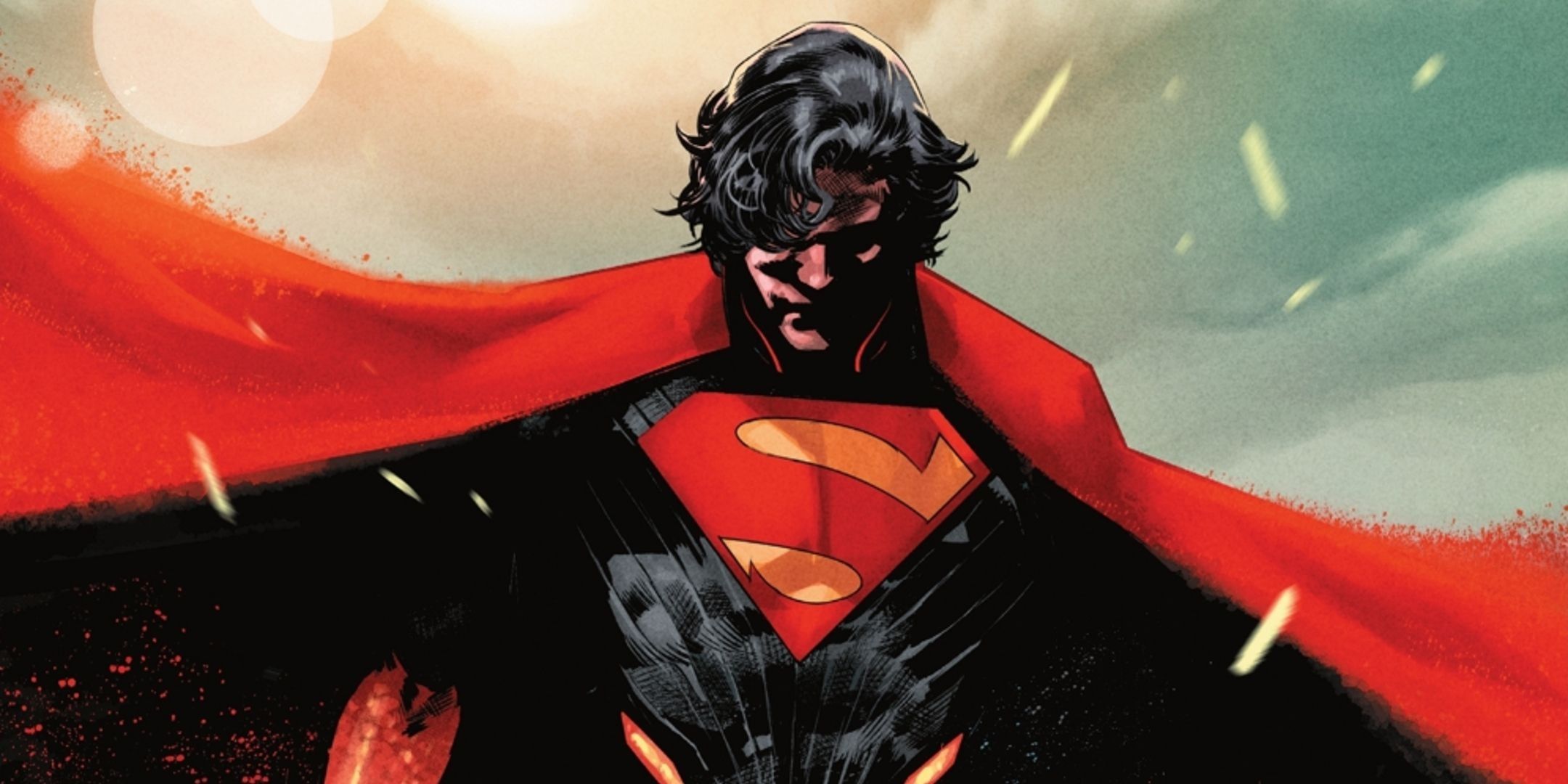

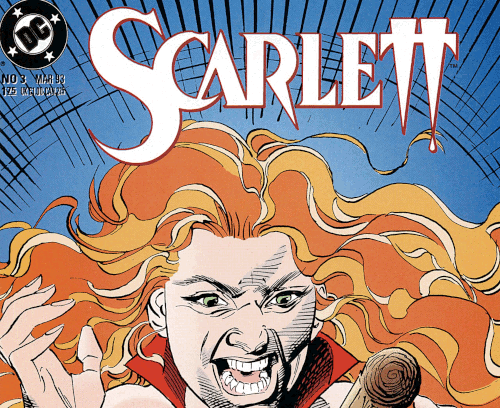
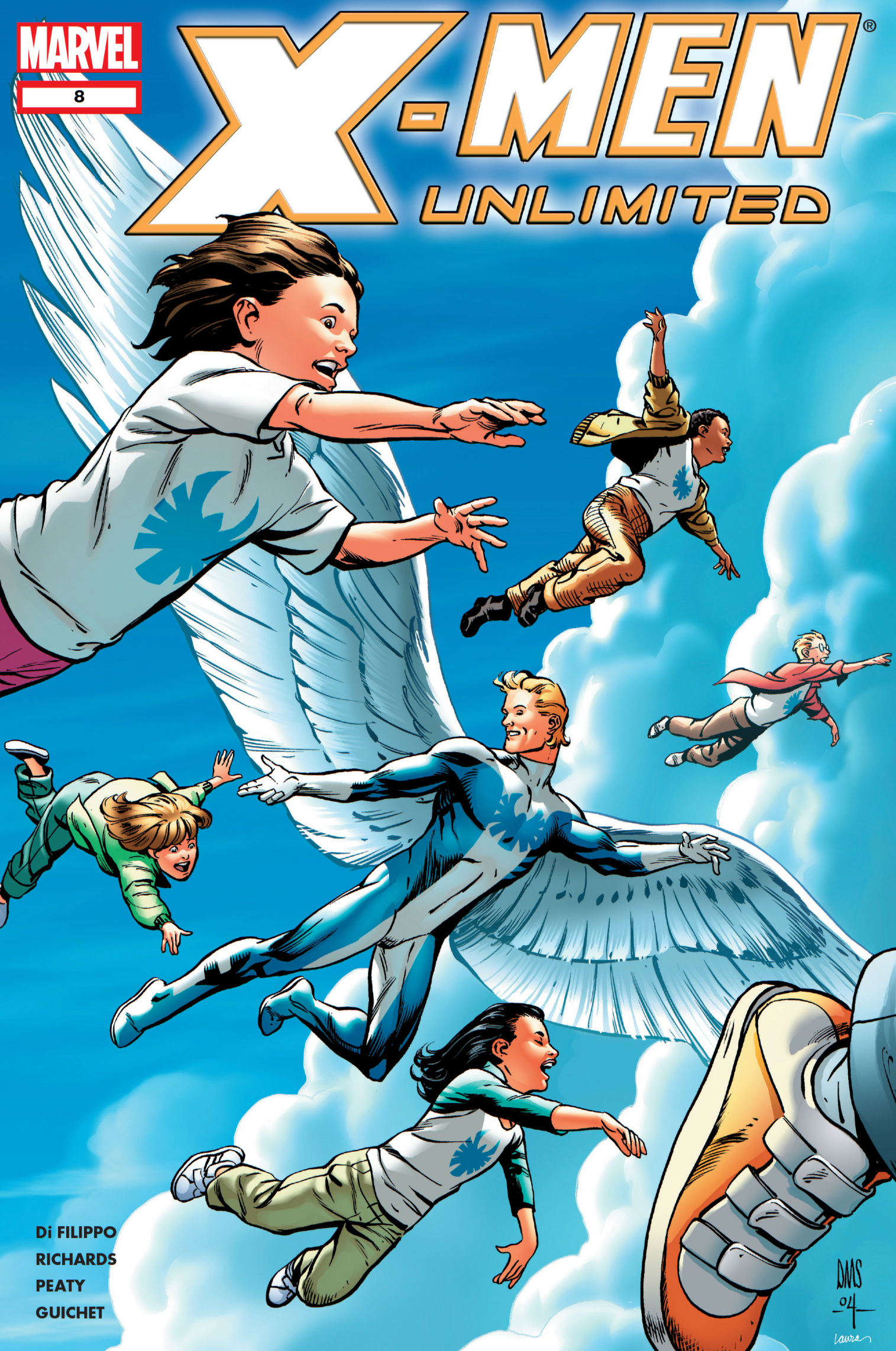



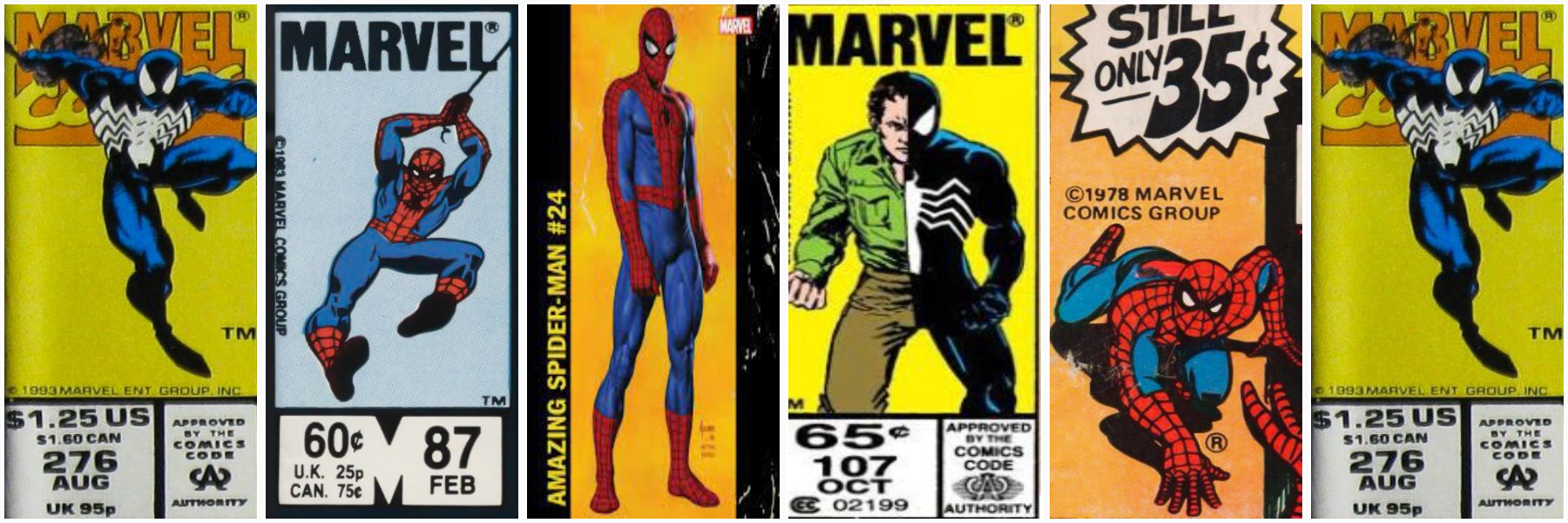



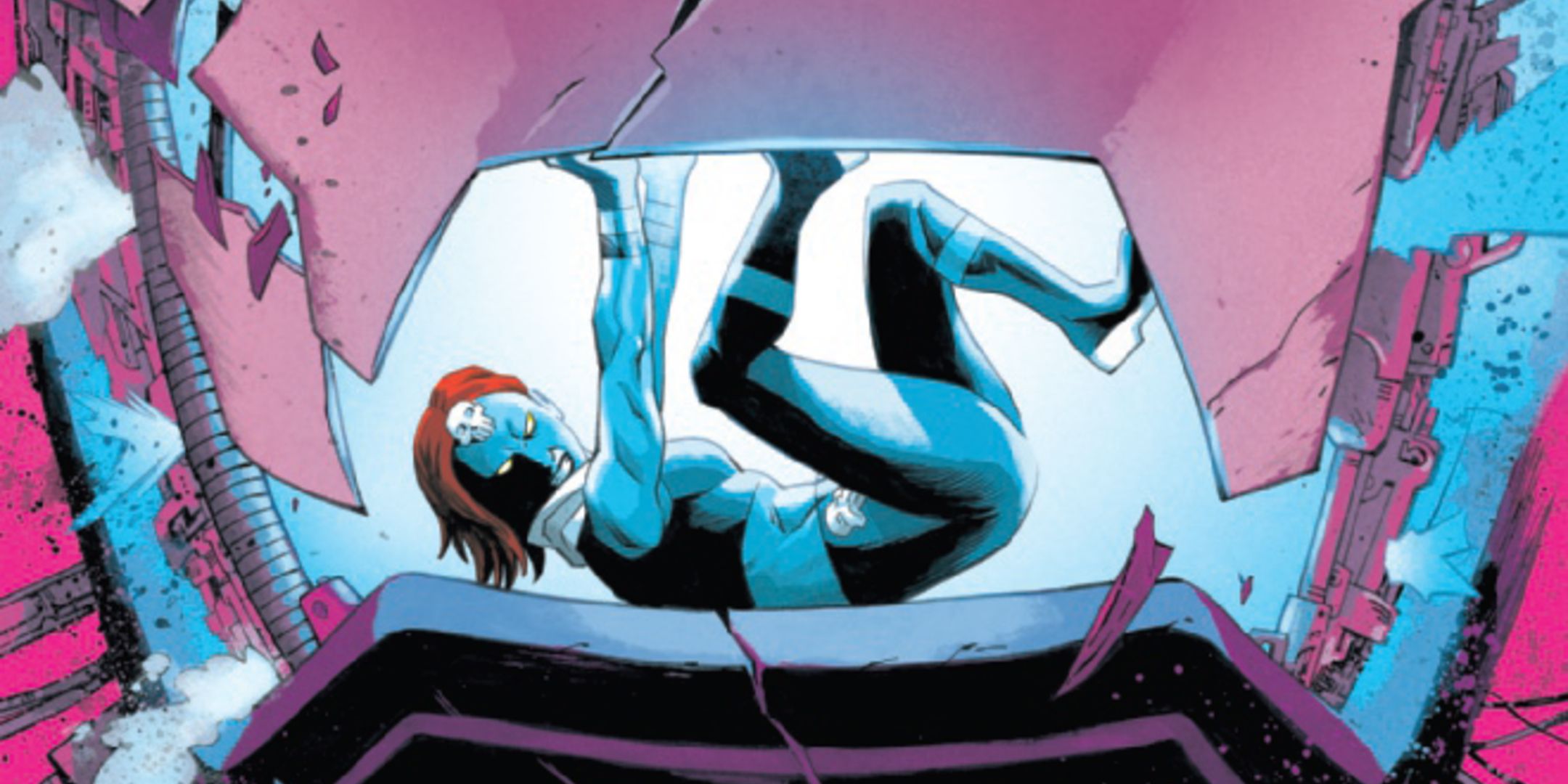


 English (US) ·
English (US) ·